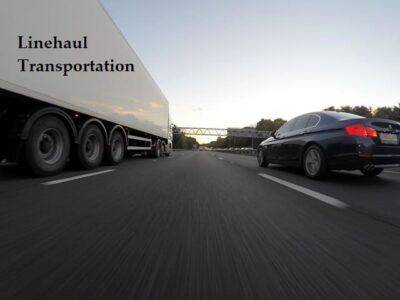The rapid expansion of e-commerce has been accompanied by a surge in packaging waste, putting considerable strain on the environment. At the same time, consumer attitudes are evolving, with a rising demand for companies to adopt more sustainable practices. Recognizing the environmental cost of wasteful packaging is the first step in creating a more eco-conscious approach to e-commerce.
Forward-thinking retailers are making significant strides to reduce their carbon footprint, with a key focus on altering their packaging strategies. The move towards sustainable packaging is not just a moral obligation but a business imperative, as it not only minimizes waste but also attracts a growing demographic of environmentally-conscious consumers.
The Benefits of Sustainable Packaging
Switching to eco-friendly options offers a multitude of advantages beyond just reducing waste. It lowers your carbon footprint and conserves resources, setting a positive example for the industry. Plus, the market is showing that consumers are willing to pay a bit extra for products from brands committed to environmental stewardship. Sustainable practices can differentiate your brand and give you a competitive edge in the market.
Materials Matter: What to Choose
If you’re considering making the transition, the first thing to evaluate is the material you use. Opt for recycled or recyclable materials like cardboard, paper, or bio-plastics. Avoid using styrofoam, a material notorious for its harmful environmental impact. A shift to recycled and natural fibers can significantly reduce the environmental toll of your packaging.
The Reuse and Refill Revolution
One innovative trend in eco-friendly packaging is the concept of reusable and refillable containers. Companies are offering products in containers that customers can return to be refilled, thus reducing the need for new packaging altogether. Not only does this practice appeal to eco-conscious customers, but it also enhances brand loyalty as consumers keep returning to refill their containers.
Compact and Lightweight: Less is More
The size and weight of a package contribute directly to its environmental impact. Shipping air or excessive wrapping material is wasteful. Smart design practices can lead to smaller, lighter packages that are easier and less resource-intensive to transport. As a result, this can also cut down shipping costs, making the transition to eco packaging an economically wise decision.
Innovations in Eco-friendly Packaging
Advancements in technology are allowing companies to push the boundaries of sustainable packaging. Edible packaging made from seaweed extract, dissolvable packing peanuts, and mushroom-based insulation are just some of the innovative solutions that are gaining traction. As more companies invest in research and development, expect to see even more groundbreaking options on the horizon.
Consumer Education and Transparency
Any sustainable initiative should be accompanied by clear communication to the customers. Brands should make an effort to educate consumers on how to properly dispose of or recycle the packaging. QR codes linked to instructional videos or simple graphics printed on the box can be extremely effective. Transparency about your sustainable practices can boost customer trust and encourage more responsible behavior from the consumers themselves.
Regulatory Considerations
Before implementing a new packaging strategy, it’s essential to understand the various regulations governing eco-friendly packaging. The Federal Trade Commission (FTC) in the United States, for example, has guidelines on the use of terms like “biodegradable” and “recyclable.” Ensure your packaging claims are compliant to avoid legal repercussions and loss of consumer trust.
Local Sourcing: A Sustainable Choice
An often overlooked aspect of sustainable packaging is the origin of the materials. Local sourcing can dramatically reduce transportation emissions, making your packaging even more eco-friendly. By partnering with local suppliers, retailers not only support community businesses but also reduce the carbon footprint associated with long-haul shipping of materials. This practice has the added benefit of speeding up your supply chain, ensuring you can respond more quickly to market demands. All in all, local sourcing presents an opportunity to further align your brand with sustainable, ethical practices while also optimizing logistics.
A Sustainable Future is Within Reach
In a world where consumer habits and environmental awareness are increasingly interconnected, transitioning to eco-friendly packaging is not just commendable—it’s essential. It’s a powerful tool that serves multiple goals: it appeals to a conscious consumer base, sets you apart in a competitive market, and most importantly, reduces environmental impact. The journey toward sustainability is a collective one, requiring contributions from both businesses and consumers. By investing in innovative, sustainable packaging options and educating the public on responsible disposal, online retailers can play a pivotal role in shaping a more sustainable and responsible e-commerce landscape for future generations.
Related Post:







